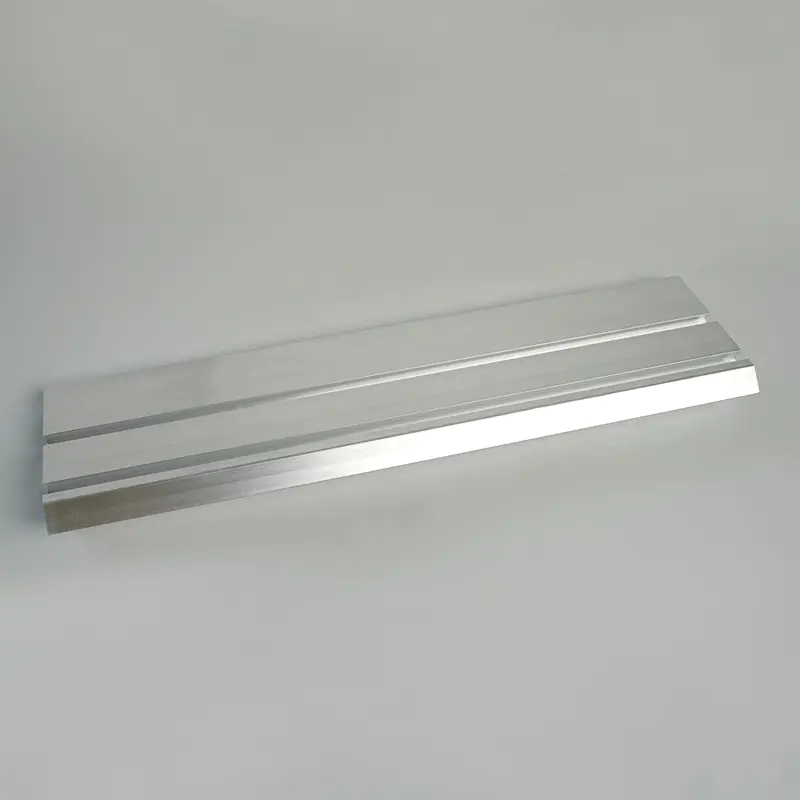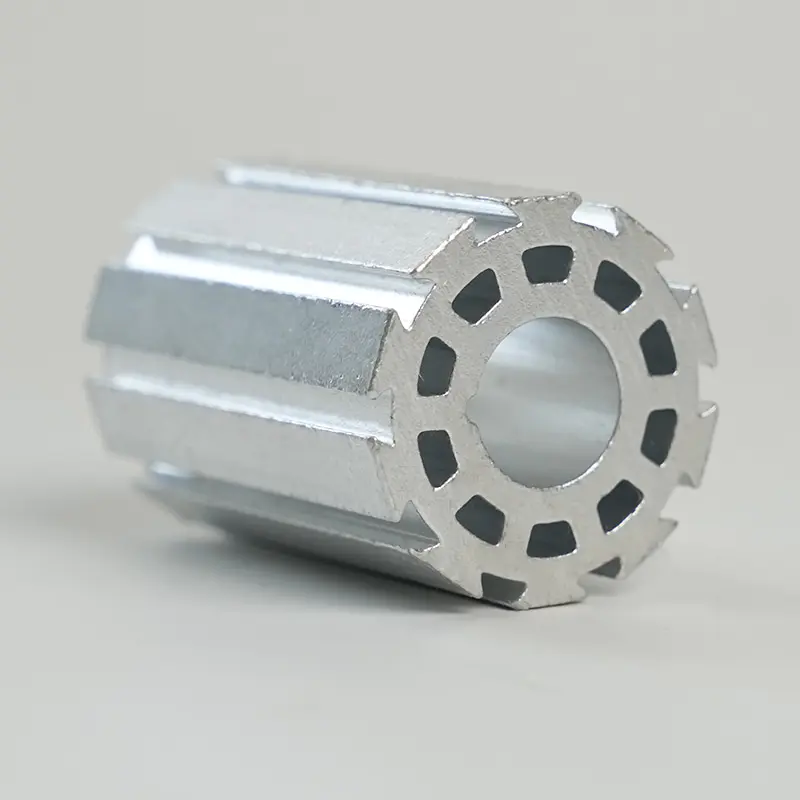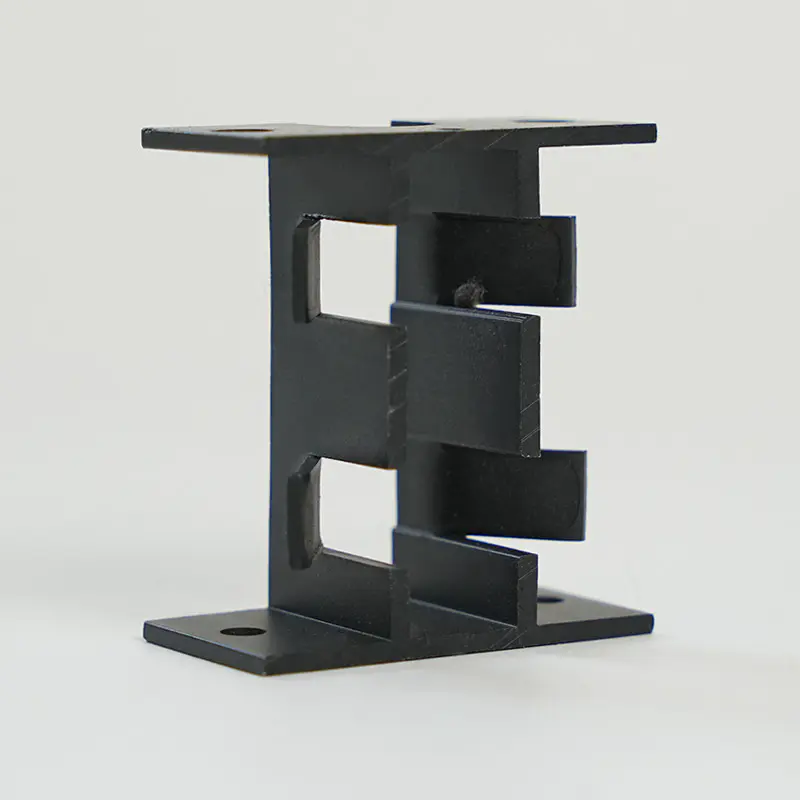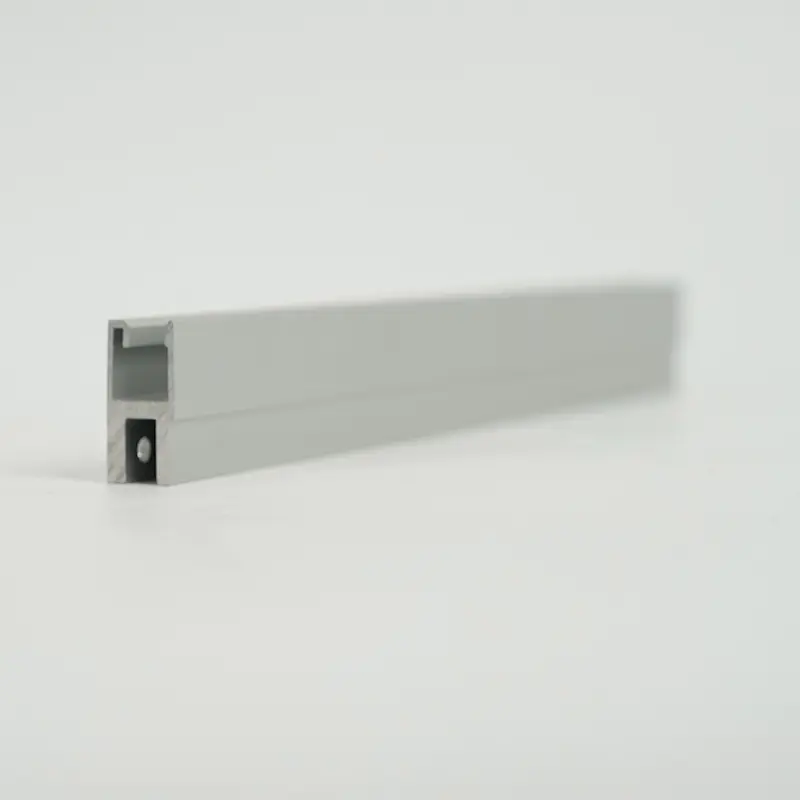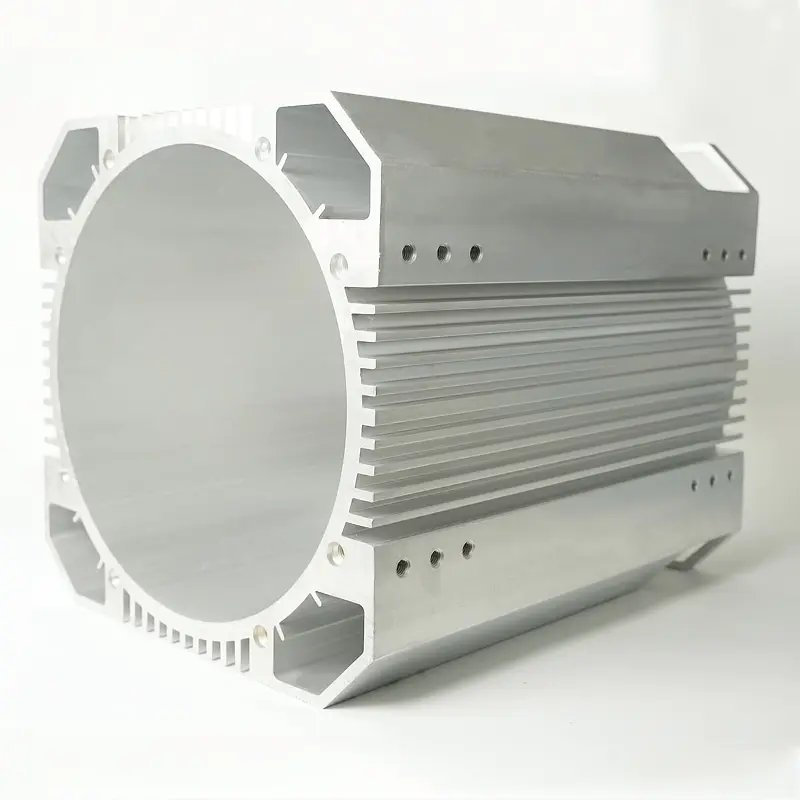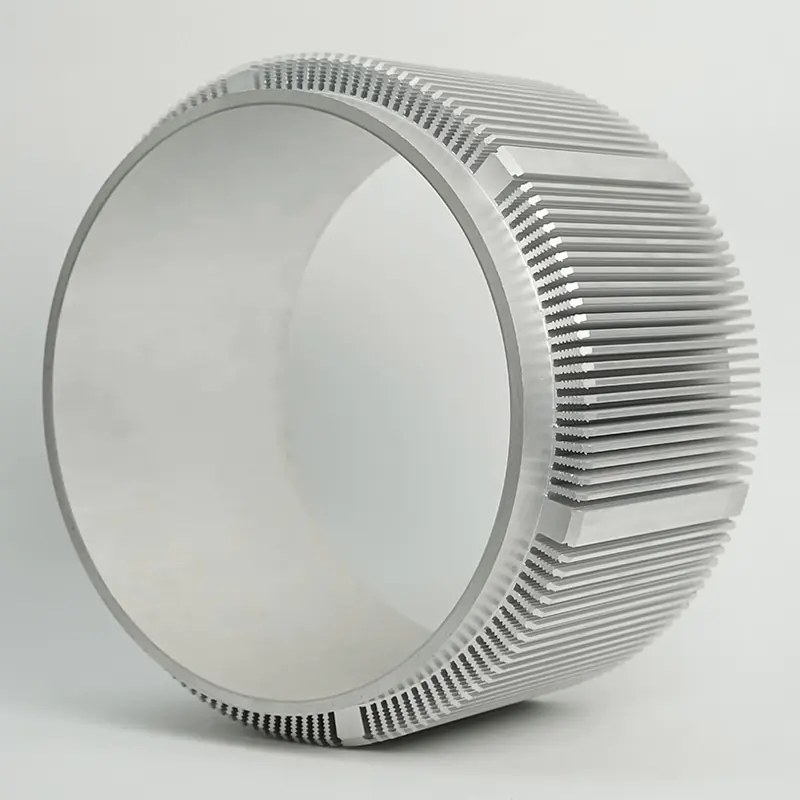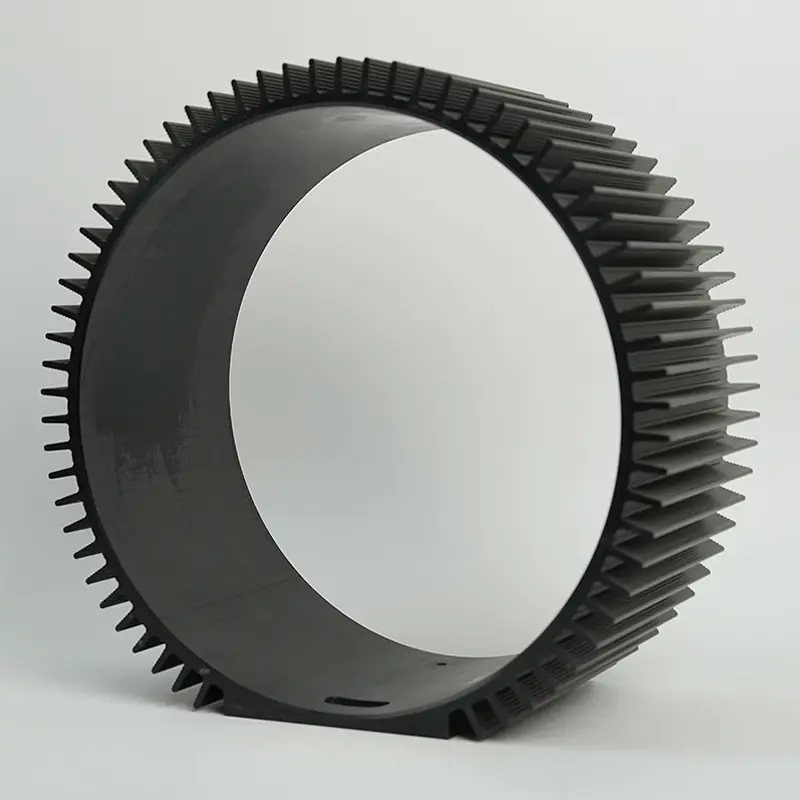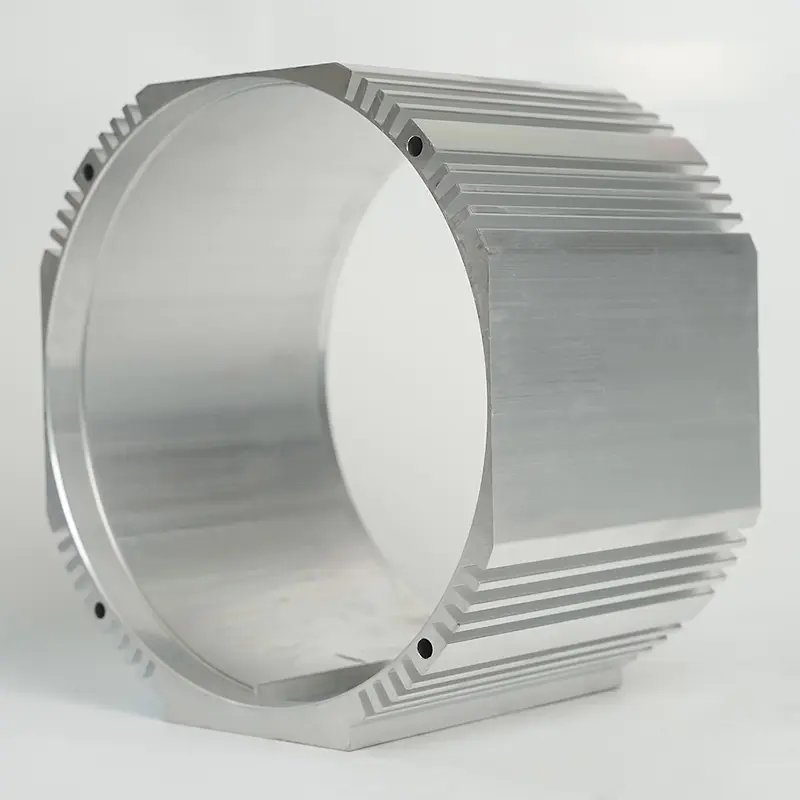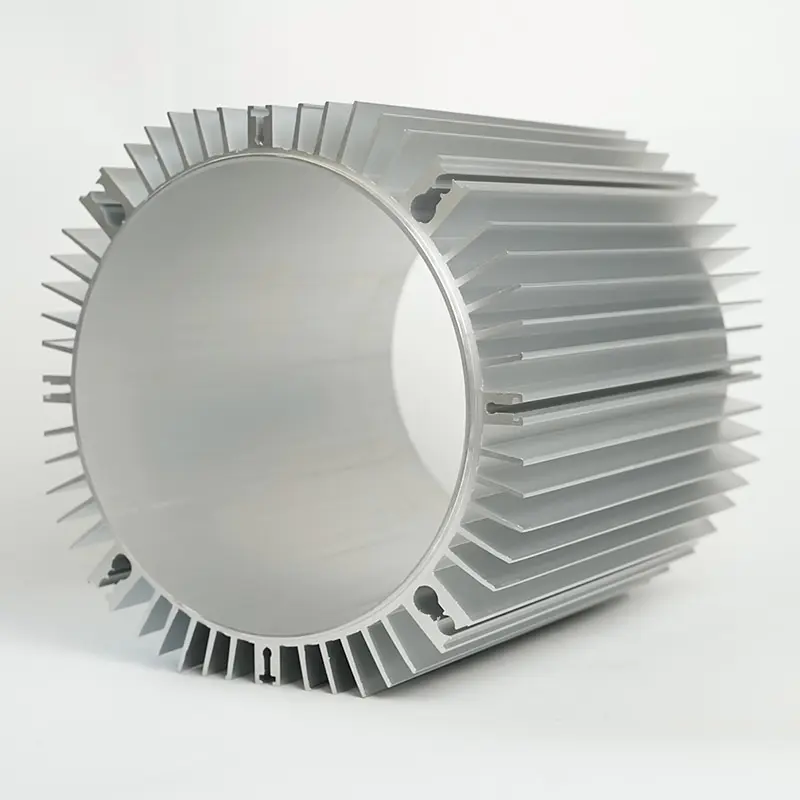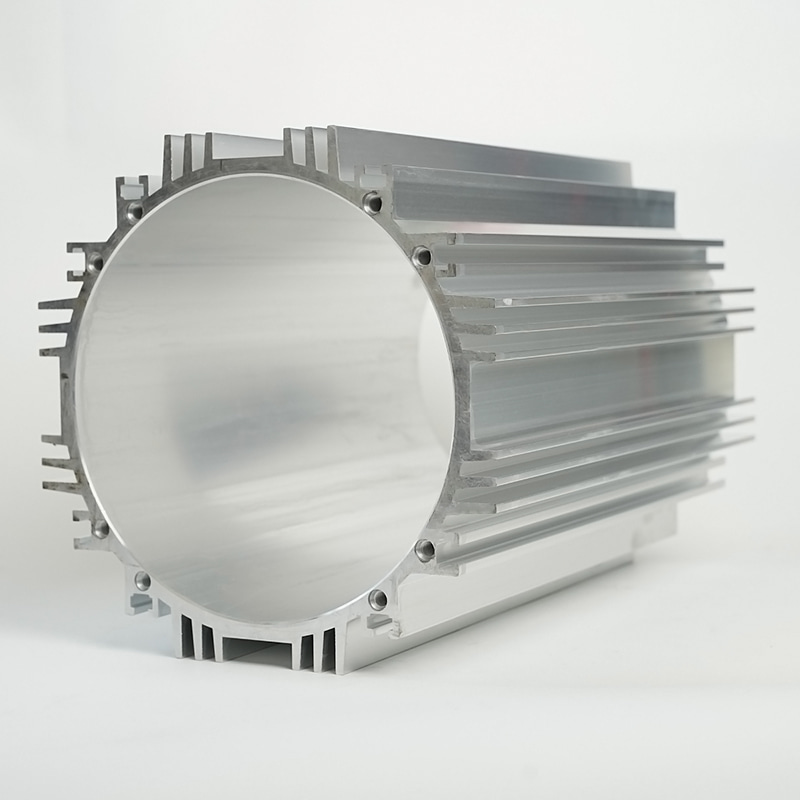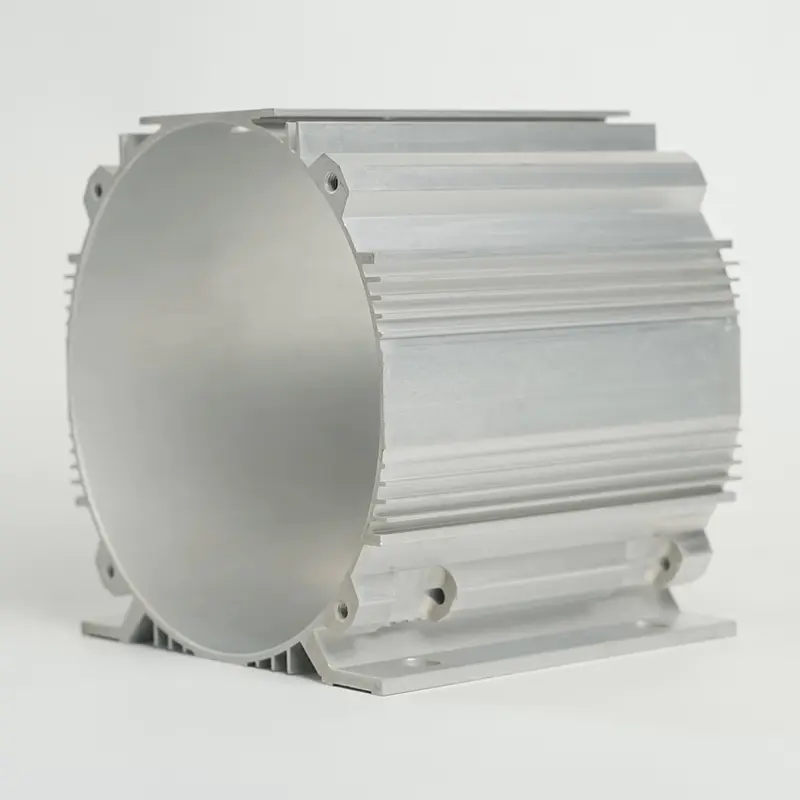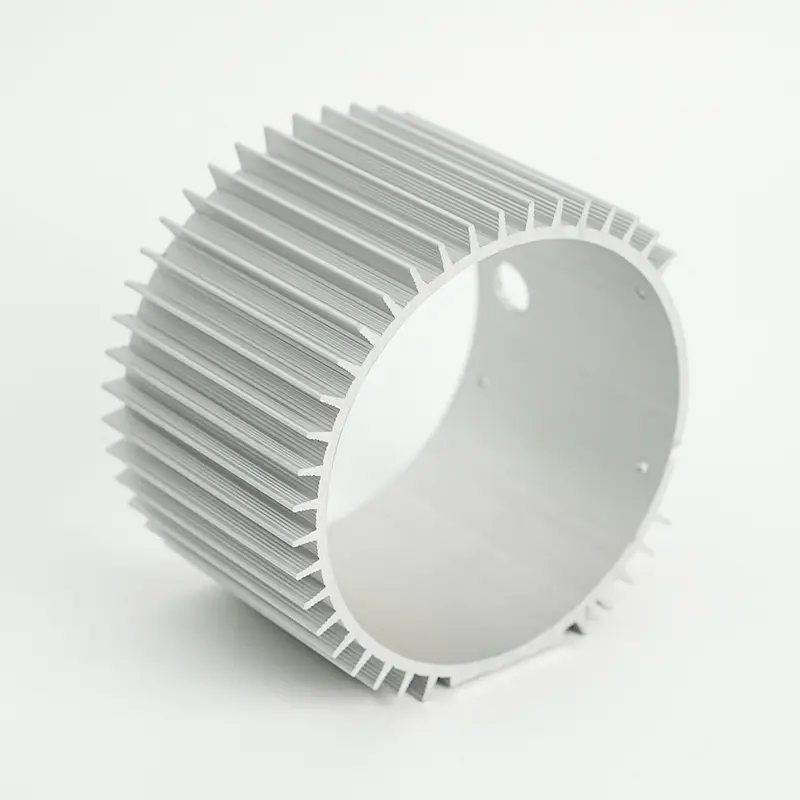The primary reason why heat sink Housings are made of metal is that metal has good thermal conductivity, which can effectively transfer the heat generated by internal components to the surface of the enclosure quickly, thereby accelerating the dissipation of heat to the external environment. This design not only ensures the normal working temperature of internal components but also prolongs their service life.
Among common metal materials, aluminum alloy and copper are two widely used materials for heat sink Housings. Aluminum alloy has high strength and corrosion resistance, while its density is low and weight is light, which makes it more economical in the manufacturing process. On the other hand, copper has a higher thermal conductivity, which can transfer heat from the interior to the surface of the enclosure faster. Therefore, in some applications with high requirements for heat dissipation performance, copper Housings are often the better choice.
In addition to the thermal conductivity of the material itself, the structural design of the heat sink enclosure also has a significant impact on the heat dissipation effect. Generally speaking, the surface of the enclosure will be designed with a certain concave-convex texture or fin structure, the purpose of which is to increase the surface area in contact with the outside air, thereby improving the heat transfer efficiency to the air. At the same time, these structures also help to form air convection, accelerating the diffusion of heat.
In actual applications, the heat sink enclosure also needs to be used in conjunction with other auxiliary heat dissipation devices, such as fans or heat pipes, to further improve the overall heat dissipation capacity. The fan can force convection, accelerate air flow, and thereby accelerate heat transfer; while the heat pipe uses the phase change principle to quickly transfer heat from the heat source to the surface of the heat sink. Through the collaborative action of these auxiliary devices, the overall performance of the heat sink is greatly improved.
The excellent thermal conductivity of metal makes it an ideal choice for heat sink Housings. Through reasonable structural design and the cooperation of auxiliary devices, the heat sink can efficiently transfer the heat generated by internal components to the external environment, ensuring the stable operation and long-term reliability of the system. In the fields of modern electronic equipment and industrial machinery, the importance of heat dissipation technology is becoming increasingly prominent, and the application of metal Housings provides a strong guarantee for solving heat dissipation problems.

Web Menu
Product Search
Exit Menu
Industry News
Home / News / Industry News / Is the thermal conductivity of the Heat Sink Housing related to the metal material?
Product Categories
Is the thermal conductivity of the Heat Sink Housing related to the metal material?
Recommended Products
-
 Add: 78 Malgang Road, Jingjiang City, Taizhou City, Jiangsu Province, China
Add: 78 Malgang Road, Jingjiang City, Taizhou City, Jiangsu Province, China
-
 Tel: +86 189-5262-0099
Tel: +86 189-5262-0099
-
 E-mail: [email protected]
E-mail: [email protected]
Quick link
Products
Message
Copyright 2023 Jingjiang He Tai Motor Parts Manufacturing Co., Ltd. All Rights Reserved
Custom Micro Aluminum Gold Motor Shell


 English
English Español
Español
